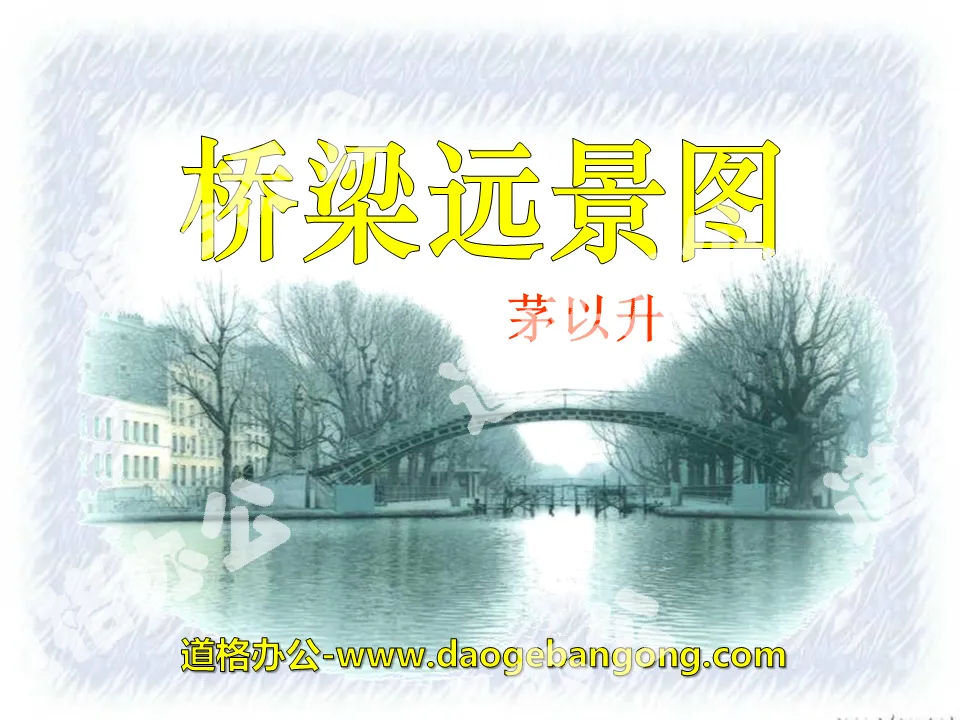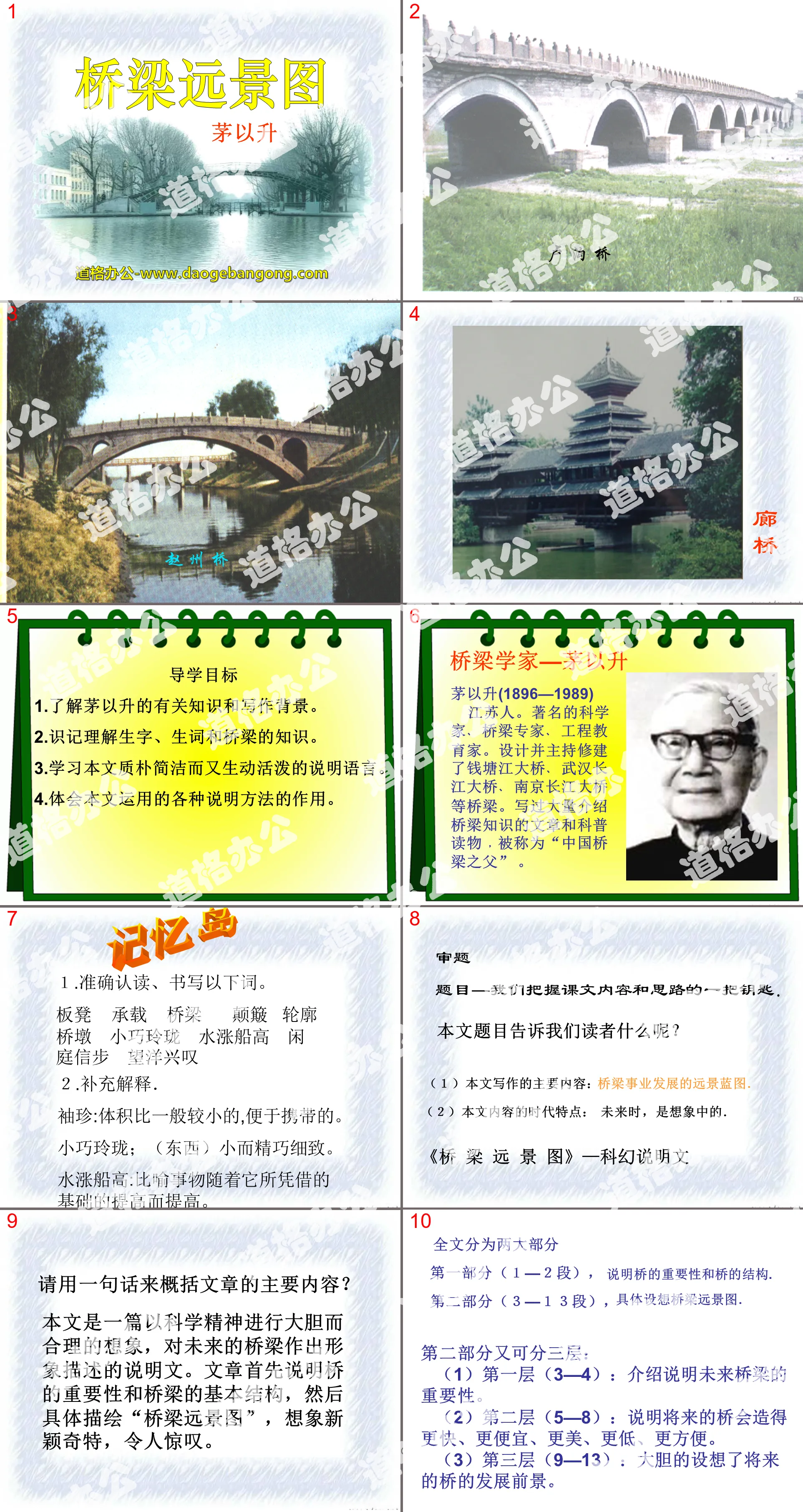The second volume of first-grade Chinese compiled by the People's Education Publishing House
The second volume of fifth-grade Chinese compiled by the People's Education Publishing House
The first volume of Chinese language for eighth grade compiled by the People's Education Publishing House
The first volume of first-grade Chinese compiled by the People's Education Publishing House
The first volume of ninth-grade Chinese compiled by the People's Education Publishing House
The first volume of fourth-grade Chinese compiled by the People's Education Publishing House
The first volume of Chinese language for sixth grade compiled by the People's Education Publishing House
The second volume of Chinese language for eighth grade compiled by the People's Education Publishing House
The first volume of Chinese language for fifth grade compiled by the People's Education Publishing House
The first volume of second-grade Chinese compiled by the People's Education Publishing House
Hunan Education Edition Third Grade Chinese Language Volume 1
The second volume of fourth-grade Chinese compiled by the People's Education Publishing House
The second volume of second-grade Chinese compiled by the People's Education Publishing House
The first volume of third-grade Chinese compiled by the People's Education Publishing House
The second volume of Chinese language for sixth grade compiled by the People's Education Publishing House
The second volume of seventh-grade Chinese compiled by the People's Education Publishing House

| Category | Format | Size |
|---|---|---|
| Hebei Education Edition Sixth Grade Chinese Language Volume 2 | pptx | 6 MB |
Description
"Bridge Vision" PPT Courseware 2
Tutorial objectives
1. Understand Mao Yisheng’s relevant knowledge and writing background.
2. Memorize and understand the knowledge of new characters, words and bridges.
3. Learn the simple, concise and lively explanatory language of this article.
4. Understand the role of various explanation methods used in this article.
Bridge Scientist—Mao Yisheng
Mao Yisheng (1896-1989) was born in Jiangsu. Famous scientist, bridge expert, and engineering educator. Designed and presided over the construction of Qiantang River Bridge, Wuhan Yangtze River Bridge, Nanjing Yangtze River Bridge and other bridges. He has written a large number of articles and popular science books introducing bridge knowledge and is known as the "Father of Chinese Bridges".
memory island
1. Read and write the following words accurately.
bench, load bearing, bridge, bumpy outline, pier, small and exquisite, the rising tide lifts all boats, strolling in the garden, looking at the ocean and sighing
2. Additional explanation.
Pocket: Smaller in size and easier to carry.
Small and exquisite; (something) small, delicate and delicate.
A rising tide lifts all boats: a metaphor for things improving with the improvement of the foundation on which they are based.
Examination
Title - a key for us to grasp the content and ideas of the text.
What does the title of this article tell our readers?
(1) The main content of this article: the long-term blueprint for the development of the bridge industry.
(2) The characteristics of the times in the content of this article: the future tense is imaginary.
Please summarize the main content of the article in one sentence?
This article is an explanatory article that uses a scientific spirit to create a bold and reasonable imagination and vividly describe the bridge of the future. The article first explains the importance of the bridge and the basic structure of the bridge, and then describes the "bridge perspective" in detail, which is novel, unique and amazing.
The full text is divided into two parts
The first part (paragraphs 1-2) explains the importance of the bridge and its structure.
The second part (paragraphs 3-13), specifically envisions the bridge's long-term view.
The second part can be divided into three levels:
(1) First level (3-4): Introduction and explanation of the importance of future bridges.
(2) Second layer (5-8): It shows that bridges in the future will be built faster, cheaper, more beautiful, lower and more convenient.
(3) The third layer (9-13): Boldly envisions the future development prospects of the bridge.
What is the purpose of quoting the mythical story of the Cowherd and the Weaver Girl meeting on the Magpie Bridge at the beginning of the text?
It explains the important role of the bridge while increasing interest and readability, which can not only arouse young readers' interest in reading, but also stimulate their imagination.
Read the second paragraph aloud and tell us what parts the bridge is made of?
Piers, bridges, foundations.
In the second paragraph, a metaphor is used to explain it. Please find it and tell us what the expression effect is?
What is a bridge? It's just a bench. Visually illustrates the structure of the bridge.
What changes will happen to bridge construction in the future? Find the central sentence.
1. Bridges in the future must be built quickly and well.
2. Bridges in the future must be built very cheaply.
3. The bridge in the future will definitely be beautiful.
4. Bridges in the future must be built very low. Appreciate this section in detail.
What changes will happen to bridges in the future?
1. There are no bridge piers in the water.
2. Build a bridge over deep water.
3. Curved bridge.
4. It is small and lightweight and can be carried anywhere.
5. Flying without beams.
What explanation methods are used in this article? for example.
For example: bridge openings can be made of extremely lightweight materials such as glass. For comparison: Because the opening and closing of the bridge hole is very slow, it is inconvenient for the opponent to pass the boat by car. The machine that opens the bridge hole is also much more flexible than the current one, so the time for opening and closing the bridge hole can be greatly shortened.
Common explanation methods: defining, giving examples, listing numbers, making analogies, making comparisons, classifying, drawing charts, etc.
Language Features:
The language of this article is simple, concise and vivid. At the beginning, the mythical story of the Cowherd and the Weaver Girl meeting on a magpie bridge is used to illustrate the important role of the bridge, which can arouse readers' interest in reading and stimulate their imagination. It is really appropriate and clever. When explaining the structure of the bridge, the metaphor of "a bench" is very appropriate. In addition, rhetorical techniques such as comparison, parallelism, and quotation are used to make the article vivid and full of literary color.
Solve the after-class questions after summarizing this lesson
Description object: Long view of the bridge.
Explain the characteristics of the object: nine types in total...
Explanation sequence: from the improvement of general bridges to the creation of special bridges.
Let us see that the author gave full play to his imagination and creativity.
Keywords: bridge vision teaching courseware, Hebei Education Edition sixth grade Chinese PPT courseware download, sixth grade Chinese slide courseware download, bridge vision PPT courseware download, .PPT format;
For more information about the "Bridge Vision" PPT courseware, please click the "Bridge Vision ppt" tab.
"Bridge Vision" PPT courseware 3:
"Bridge Vision" PPT courseware 3 Character introduction Mao Yisheng (1896-1989) male, member of the Communist Party of China, native of Zhenjiang City, Jiangsu Province. Bridge scientist, educator, social activist. In his early years, he studied in the United States, and his doctoral thesis "Secondary Stress in Bridge Trusses" was known as a scientific innovation...
"Bridge Vision" PPT courseware:
"Bridge Vision" PPT courseware import Science fiction expository essay is a style of writing that uses reasonable and bold imagination on the basis of science to give detailed explanations of the things described so that readers can learn knowledge from it. Mao Yisheng, my country's famous bridge expert and scientist...
File Info
Update Time: 2024-11-25
This template belongs to Chinese courseware Hebei Education Edition Sixth Grade Chinese Language Volume 2 industry PPT template
"Bridge Vision" PPT Courseware 2 Simple campus recruitment activity planning plan summary enterprise and institution recruitment publicity lecture PPT template is a general PPT template for business post competition provided by the manuscript PPT, simple campus recruitment activity planning plan summary enterprise and institution recruitment promotion Lecture PPT template, you can edit and modify the text and pictures in the source file by downloading the source file. If you want more exquisite business PPT templates, you can come to grid resource. Doug resource PPT, massive PPT template slide material download, we only make high-quality PPT templates!
Tips: If you open the template and feel that it is not suitable for all your needs, you can search for related content "Bridge Vision" PPT Courseware 2 is enough.
How to use the Windows system template
Directly decompress the file and use it with office or wps
How to use the Mac system template
Directly decompress the file and use it Office or wps can be used
Related reading
For more detailed PPT-related tutorials and font tutorials, you can view: Click to see
How to create a high-quality technological sense PPT? 4 ways to share the bottom of the box
Notice
Do not download in WeChat, Zhihu, QQ, built-in browsers, please use mobile browsers to download! If you are a mobile phone user, please download it on your computer!
1. The manuscript PPT is only for study and reference, please delete it 24 hours after downloading.
2. If the resource involves your legitimate rights and interests, delete it immediately.
3. Contact information: service@daogebangong.com
"Bridge Vision" PPT Courseware 2, due to usage restrictions, it is only for personal study and reference use. For commercial use, please go to the relevant official website for authorization.
(Personal non-commercial use refers to the use of this font to complete the display of personal works, including but not limited to the design of personal papers, resumes, etc.)
Preview










